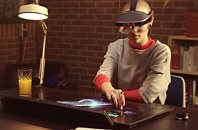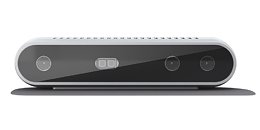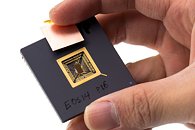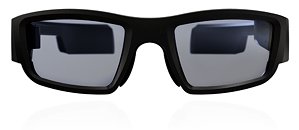
Toshiba Unveils First Windows-based Smart Glasses Solution
Toshiba's Client Solutions Division (CSD) a division of Toshiba America Information Systems, Inc., today announced the first completely wearable Augmented Reality (AR) solution to combine the power of a Windows 10 Pro PC with the robust feature set of industrial-grade smart glasses. Designed for enterprise customers, Toshiba's new dynaEdgeTM AR Smart Glasses packages together the company's new dynaEdge AR100 Head Mounted Display (HMD) with its dynaEdge DE-100 Mobile Mini PC for a completely wearable PC system maximizing mobility, productivity and security without compromising flexibility.
Toshiba's new AR solution provides Document Viewing, Live Video Calls, See-What-I-See, Photo/Video Capture, Alerts/Messaging, Workflow Instruction and Barcode Scanning capabilities making it ideal for a variety of uses cases, including Maintenance, Remote Expert, Manufacturing, QA Inspection & Audit, Logistics, Training and Knowledge Transfer. Available in the second quarter with a starting MSRP of $1,899.99, the dynaEdge AR Smart Glasses is offered in various configurations with processor, memory and storage options as well as developer's kits for different industrial applications.
Toshiba's new AR solution provides Document Viewing, Live Video Calls, See-What-I-See, Photo/Video Capture, Alerts/Messaging, Workflow Instruction and Barcode Scanning capabilities making it ideal for a variety of uses cases, including Maintenance, Remote Expert, Manufacturing, QA Inspection & Audit, Logistics, Training and Knowledge Transfer. Available in the second quarter with a starting MSRP of $1,899.99, the dynaEdge AR Smart Glasses is offered in various configurations with processor, memory and storage options as well as developer's kits for different industrial applications.


















